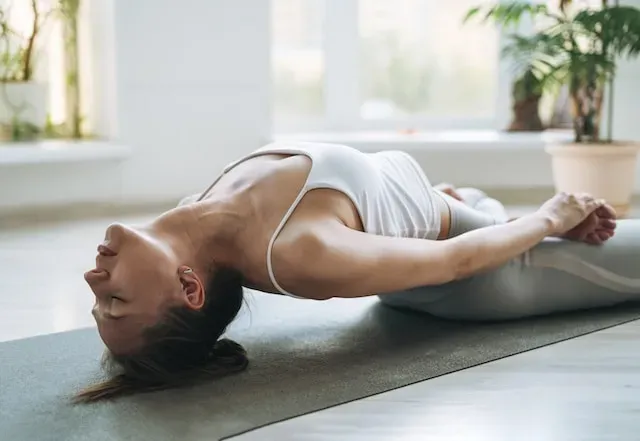
Feldenkrais Method
Discover the Feldenkrais Method: an innovative approach to enhance movement efficiency, vitality, and overall well-being. Explore its benefits and principles.
Get carepatron free
Commonly asked questions
Effective Feldenkrais exercises include the Pelvic Clock, Spine Chain, Sitting and Reaching, Eyes and Head Coordination, and Diagonal Stretch. These can be done in limited spaces with ease.
Yes, the Feldenkrais Method is suitable for children. It enhances motor skills, coordination, and body awareness and is gentle enough for kids of all ages.
Limitations include the need for regular practice and time to see results, limited research on efficacy, and it's more suited for functional improvement rather than treating underlying medical conditions.







